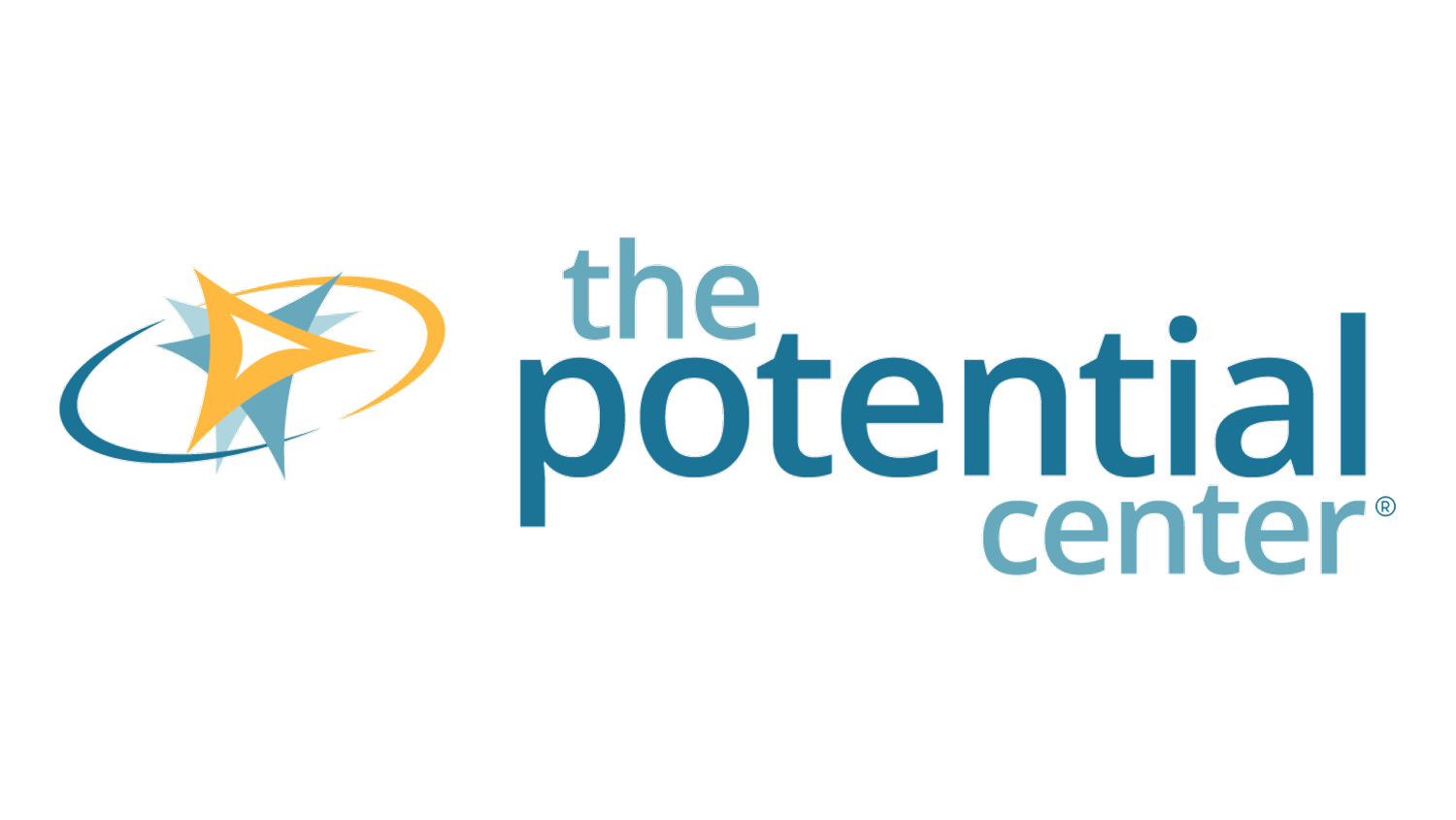Complex Problem-Solving: THE Top 4IR Skill
Franck V. on Unsplash
WEF dubs Complex Problem-Solving THE Top Required 4IR Skill
The top skills you’ll need for the Fourth Industrial Revolution (4IR)
Five years ago, the World Economic Forum (WEF) predicted that the 4IR would advance so much that over one-third of important workplace skills would change in the next five years. The Forum accurately predicted that advanced robotics, artificial intelligence, cloud computing, 3D printing, the Internet of Things, and advanced wireless technologies would play an increasing role in manufacturing and service delivery.
A survey carried out by the WEF asked chief HR and strategy officers from leading global employers what the current shifts mean, specifically for employment and necessary skills across industries and geographies.
Shift in necessary skills sets
“Complex problem-solving” is now top of the list of skills that workers need. At #10 five years ago, “creativity” is now one of the top three sought-after skills. “Emotional intelligence” – not even on the list in 2015 – has also become one of the top skills needed.
Here are the current top 10 skills needed to thrive in the 4IR:
1. Complex problem-solving
2. Critical thinking
3. Creativity
4. People management
5. Coordinating with others
6. Emotional intelligence
7. Judgment and decision-making
8. Service orientation
9. Negotiation
10. Cognitive flexibility
With the avalanche of new products, new technologies and new ways of working, workers need to become more competent in these “soft” skills. in reality, there’s nothing soft about them – just like concrete, these skills are the rock-solid foundation for customer, workplace, and business success.
Here’s one example of how marrying wearable technology with creative problem-solving helps workers quickly develop on-the-job skills.
Food handling and food safety are critical training components for food service workers. Employees must be trained quickly and effectively; frequent turnover can lead to repeat training expenses. How to reduce turnover and training expenses is a perennial problem in the food service industry.
A new study from the University of Arkansas' Department of Food Science*reveals that wearable technology could reduce training time and deliver better training benefits.
In the study, participants wore the Google Glass Enterprise Edition – similar to a pair of eyeglasses – which was equipped with software provided by NSF International (public health and safety). Glass displayed training content in the user's field of sight, and participants learned how to properly wash their hands and how to make a sandwich. Learners required less than 50 percent of training time, compared to traditional classroom training, to learn and replicate the correct food-handling steps.
One food chain recently piloted the wearable technology, and more than two-thirds of its employees said they preferred this new training technology to the traditional offerings. No doubt others will follow.
The outcome: more successful learning means greater job stability for the employee, and reduced attrition costs for employers. Win-win.
*Educational Affordances of Google Glass as a New Instructional Platform for Foodservice Training
Graciously embracing the 4IR
Just as with previous industrial revolutions, developments will continue to transform the nature of our lives, and the future workforce will need to align its skillset to keep pace. Ensuring workers can effectively engage in creative, complex problem-solving is one way to graciously embrace the intended and unintended milestones on this journey, and effectively benefit from the Fourth Industrial Revolution.
How will you navigate the 4IR?
Do you regularly use creative problem-solving techniques and tools? If you’re not sure how to up your organization’s complex problem-solving skills, let’s talk. Contact me at Ellia@ThePotentialCenter.com to arrange a time.
Light Bulb Thinking™
With the right support, any organization, team, and individual can learn creative ways to solve problems. At The Potential Center™, our mission is to simplify the creative problem-solving and innovation process so you can address urgent, pervasive and expensive problems. All while building better working teams.
Light Bulb Thinking™ demystifies and systematizes the creative problem-solving and innovation processes to open the door to fresh ideas and creative strategic solutions.
Subscribe to the blog here.
…And help colleagues and friends that would also appreciate a creative perspective on solving problems – forward this post :).
I’d be happy to have a conversation if you’d like to further explore a particular concept, or if you’re stuck on how to make the shift towards more creative problem-solving in your organization. Contact me at Ellia@ThePotentialCenter.com and we’ll arrange a time to talk.


